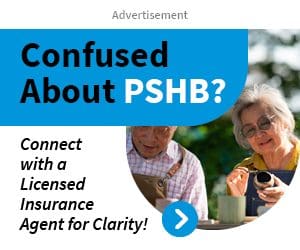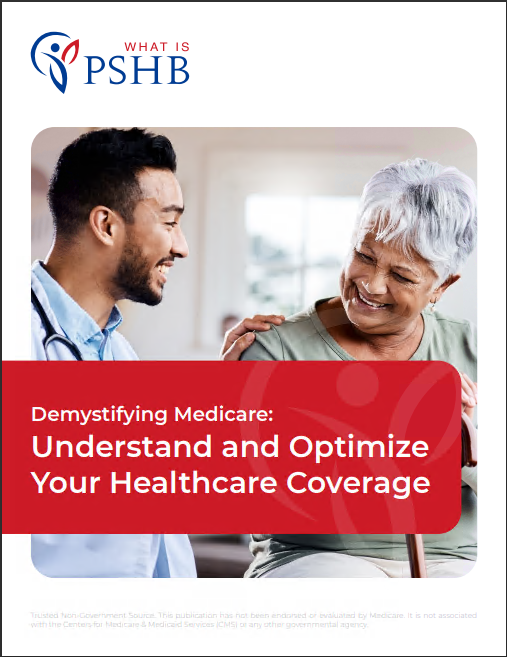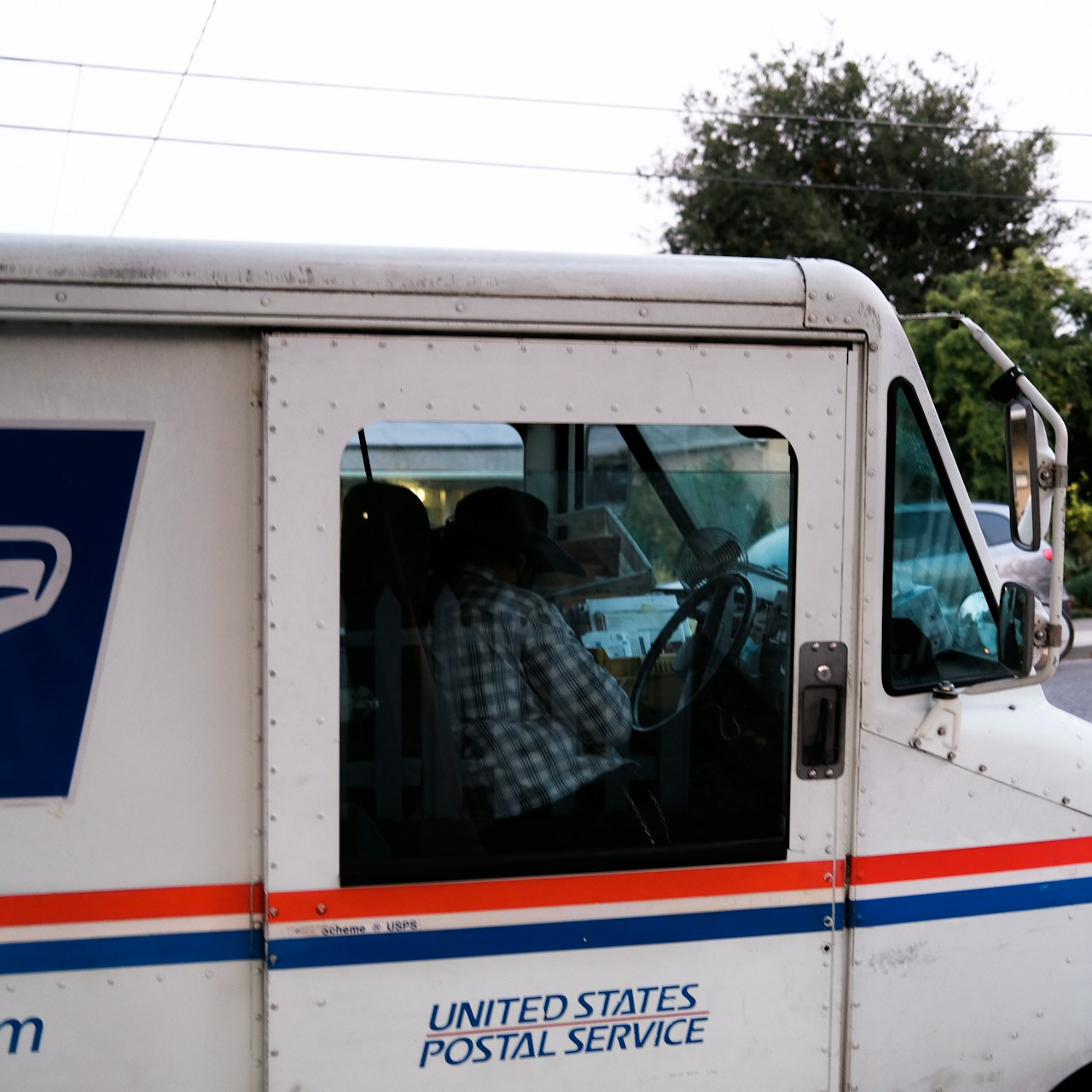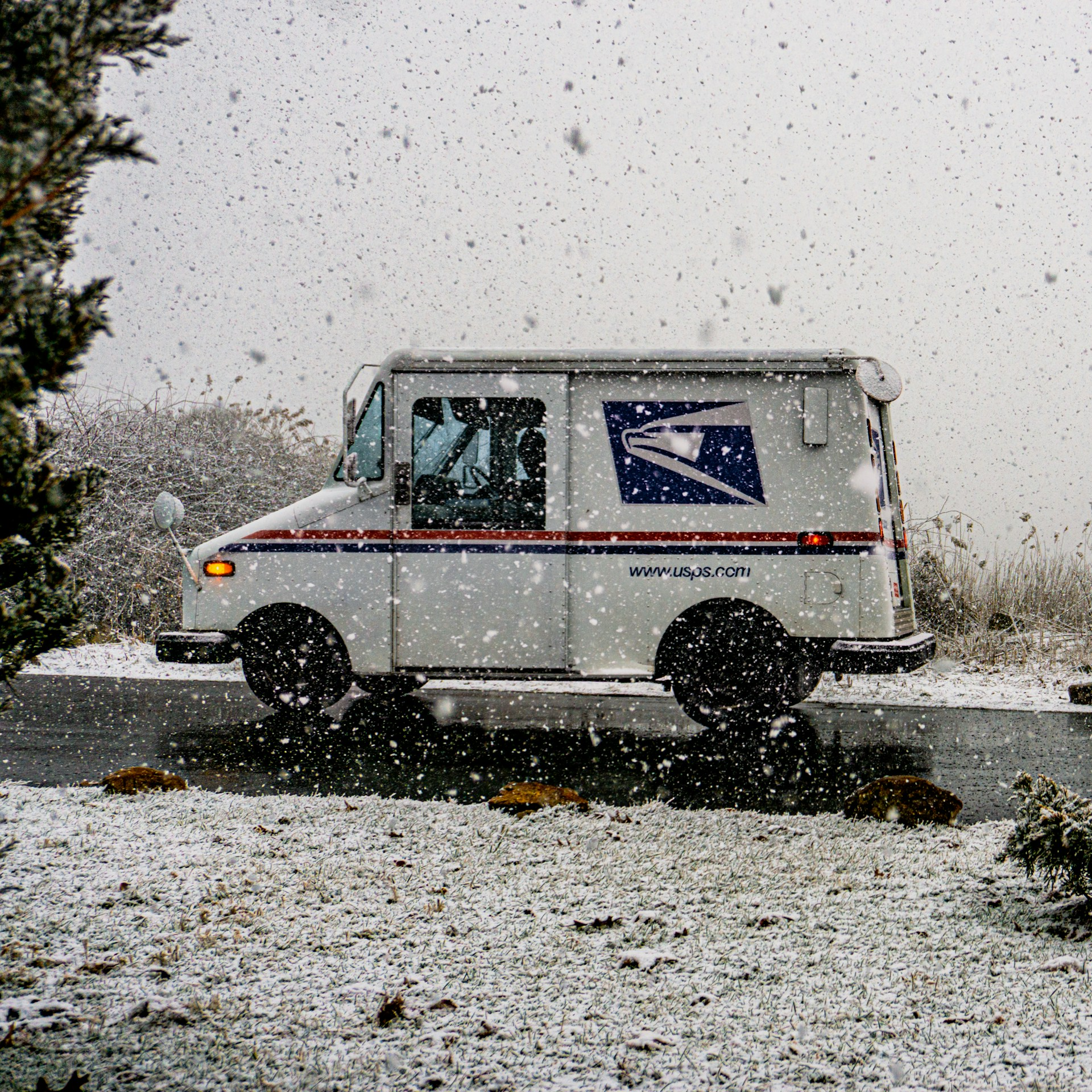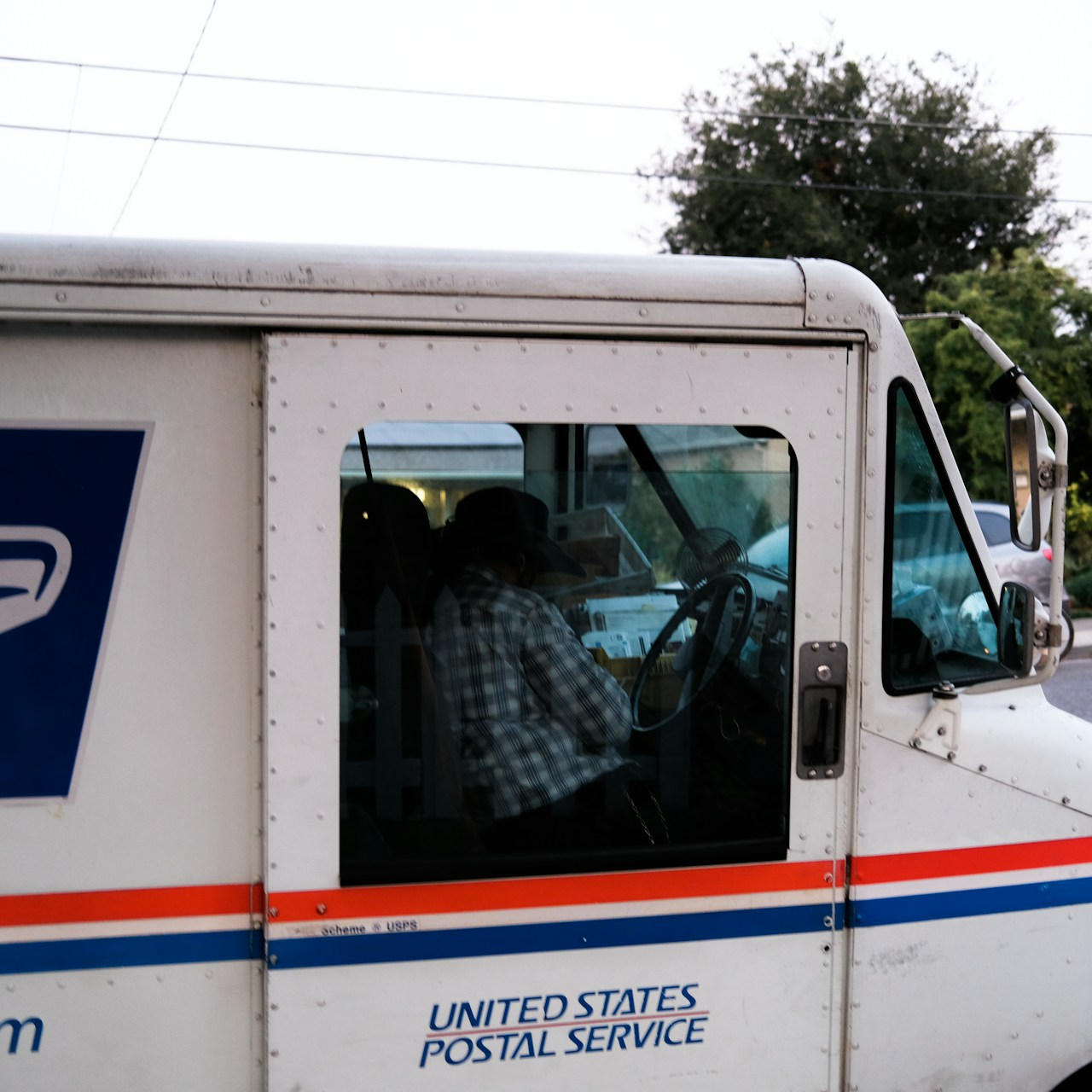Key Takeaways
-
The Postal Service Health Benefits (PSHB) Program marks a significant shift from the Federal Employees Health Benefits (FEHB) Program, tailored exclusively for USPS employees and retirees.
-
Understanding the differences between PSHB and FEHB can help you make informed decisions about your healthcare coverage, especially regarding Medicare integration, costs, and benefits.
The Big Transition: PSHB vs. FEHB
If you’re a postal worker or retiree, you’ve probably heard the buzz about the Postal Service Health Benefits (PSHB) Program. Starting January 1, 2025, PSHB officially replaces the Federal Employees Health Benefits (FEHB) Program for USPS employees, annuitants, and their families. While this change aims to better align with the unique needs of the postal workforce, many are left wondering how it’s different and what it means for their healthcare.
Let’s dive into the key aspects of PSHB and how it stacks up against FEHB. By the end, you’ll have a clearer picture of what these changes mean for you and your family.
Why the Switch from FEHB to PSHB?
The move to PSHB was part of the 2022 Postal Service Reform Act, designed to address financial challenges within the USPS. The aim? To create a separate healthcare program that integrates more seamlessly with Medicare, reduces overall costs, and ensures comprehensive coverage for postal employees and retirees.
FEHB served the federal workforce for decades, but postal employees have distinct needs, prompting the development of PSHB. This program allows USPS to better tailor benefits while ensuring affordability and efficiency.
Key Differences Between PSHB and FEHB
To help you understand what sets PSHB apart, here are some of the major differences:
1. Enrollment Eligibility
-
PSHB: Only USPS employees, retirees, and their eligible family members can enroll. If you’re currently covered under an FEHB family plan through a non-postal federal employee or retiree, you can remain in FEHB.
-
FEHB: Open to all federal employees and retirees, including USPS workers before the transition.
2. Medicare Integration
One of the most significant changes under PSHB is the mandatory integration with Medicare Part B for eligible retirees and their family members.
-
PSHB: If you’re retired and Medicare-eligible, you must enroll in Medicare Part B to keep your PSHB coverage unless you qualify for specific exemptions.
-
FEHB: Medicare enrollment is optional, though often encouraged for retirees to reduce out-of-pocket costs.
3. Prescription Drug Coverage
-
PSHB: Includes a Medicare Part D Employer Group Waiver Plan (EGWP) for Medicare-eligible enrollees, helping reduce prescription drug costs.
-
FEHB: Offers prescription coverage but doesn’t integrate Part D benefits directly.
4. Cost Structure
-
PSHB: Premiums and cost-sharing (like deductibles and copayments) are tailored to USPS employees and retirees, with potential savings due to Medicare integration.
-
FEHB: Costs are standardized across all federal employees, regardless of agency.
5. Plan Options
-
PSHB: Offers plans specifically designed for the USPS workforce, ensuring benefits reflect postal workers’ unique needs.
-
FEHB: Includes a wide variety of plans available to all federal employees, without USPS-specific options.
What Stays the Same?
While there are plenty of differences, some aspects of your healthcare coverage remain consistent between PSHB and FEHB:
-
Government Contribution: The federal government continues to cover about 70% of premiums, helping keep your costs manageable.
-
Open Season Enrollment: Just like FEHB, PSHB holds an annual Open Season, allowing you to make changes to your plan or switch plans entirely.
-
Comprehensive Coverage: Both programs provide robust benefits, including medical, dental, and vision care (if enrolled in FEDVIP for dental/vision).
How Medicare Changes the Game
Medicare is a big part of the conversation when comparing PSHB to FEHB. For Medicare-eligible postal retirees, PSHB requires enrollment in Medicare Part B, which adds an additional monthly premium but comes with key advantages:
Lower Out-of-Pocket Costs
With Medicare and PSHB working together, you’ll likely see reduced costs for doctor visits, hospital stays, and other medical services. Plus, the addition of Part D drug coverage helps cap your prescription expenses.
Simplified Coordination
PSHB plans are designed to work seamlessly with Medicare, eliminating the need to juggle separate benefits. Medicare acts as your primary insurer, with PSHB picking up the rest.
Open Season: Your Chance to Review and Choose
Each year, you have the opportunity to evaluate your healthcare coverage during Open Season. For 2025, the Open Season dates were November 11 to December 13, 2024. If you didn’t make changes during this period, your FEHB plan automatically transitioned to the corresponding PSHB plan.
Here’s what you should consider during Open Season:
-
Plan Benefits: Review what’s covered, especially if your medical needs have changed.
-
Costs: Check premiums, deductibles, and copayments to ensure affordability.
-
Provider Networks: Confirm your preferred doctors and hospitals are in-network.
-
Medicare Integration: If you’re Medicare-eligible, ensure your plan coordinates well with Medicare.
Understanding Costs Under PSHB
Cost is often a top concern for postal workers and retirees. While PSHB premiums are designed to be competitive, your out-of-pocket costs will depend on your plan and whether you’re enrolled in Medicare.
Premiums and Contributions
USPS covers a significant portion of your premiums, similar to FEHB. However, retirees will need to account for Medicare Part B premiums if applicable.
Deductibles and Out-of-Pocket Maximums
PSHB plans feature varying deductibles and out-of-pocket limits, depending on whether you choose a high-deductible or low-deductible option. In-network services typically offer lower costs compared to out-of-network care.
Prescription Drug Costs
Medicare-eligible retirees benefit from reduced drug costs under the integrated Part D EGWP. For non-Medicare enrollees, traditional prescription coverage remains available.
Special Considerations for Retirees
If you’re a retiree or nearing retirement, the transition to PSHB brings unique considerations. Here’s what you should keep in mind:
-
Medicare Enrollment Deadline: Enroll in Medicare Part B during your Initial Enrollment Period to avoid late penalties. If you missed this window, you can enroll during the General Enrollment Period (January 1 to March 31).
-
Exemptions: Retirees who retired on or before January 1, 2025, may be exempt from mandatory Medicare enrollment.
-
Prescription Coverage: Take advantage of lower costs with the Part D EGWP.
Benefits for Active Employees
Active postal workers also benefit from the transition to PSHB. While Medicare enrollment isn’t required until retirement, PSHB offers:
-
Tailored Plans: Options designed specifically for USPS employees.
-
Affordable Coverage: Competitive premiums and cost-sharing.
-
Preventive Care: Access to no-cost preventive services like annual physicals and vaccinations.
How to Prepare for the Transition
If you’re still unsure about the PSHB transition, here are a few steps to help you prepare:
-
Review Plan Materials: The USPS and OPM provide detailed plan brochures to help you compare your options.
-
Understand Medicare Requirements: Know when and how to enroll in Medicare if you’re eligible.
-
Evaluate Your Healthcare Needs: Consider how often you visit doctors, your prescription costs, and any upcoming medical procedures.
-
Reach Out for Assistance: Contact your benefits office or a licensed benefits advisor for guidance.
Final Thoughts on PSHB vs. FEHB
The switch to the Postal Service Health Benefits (PSHB) Program is more than just a name change; it’s a tailored approach to better meet the needs of USPS employees and retirees. While it introduces some new requirements, like mandatory Medicare enrollment for retirees, it also brings opportunities for enhanced benefits and potentially lower costs.
Take the time to understand your options, especially during Open Season, to ensure you’re getting the coverage that’s right for you. With PSHB, you’re stepping into a new chapter of healthcare coverage designed to keep you and your family protected.


